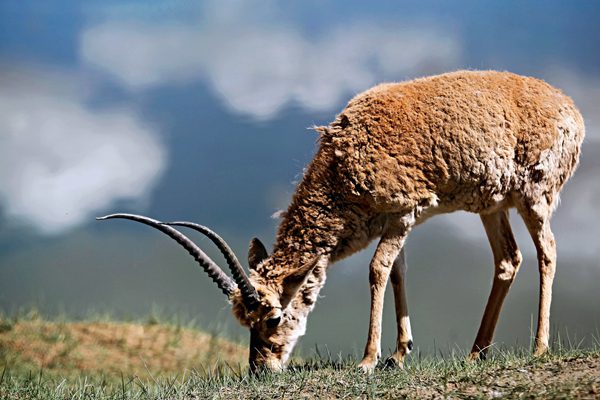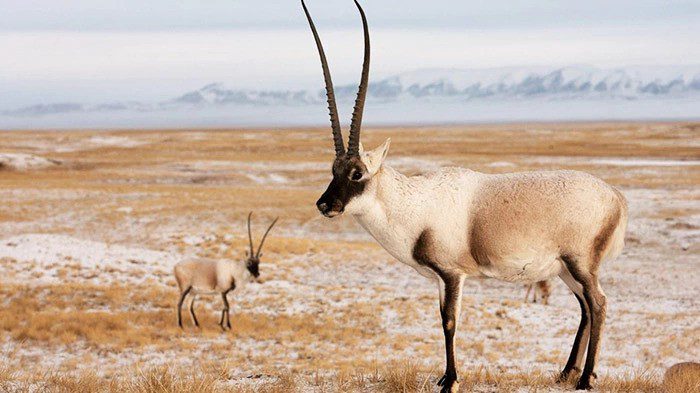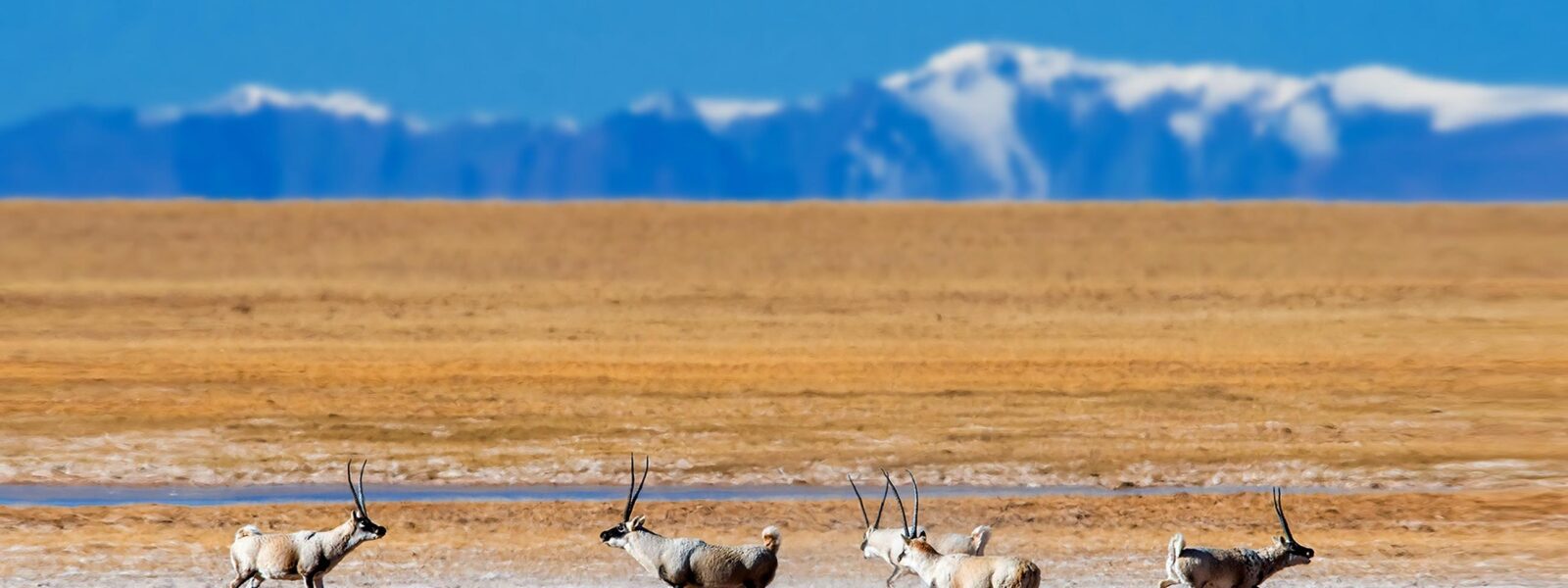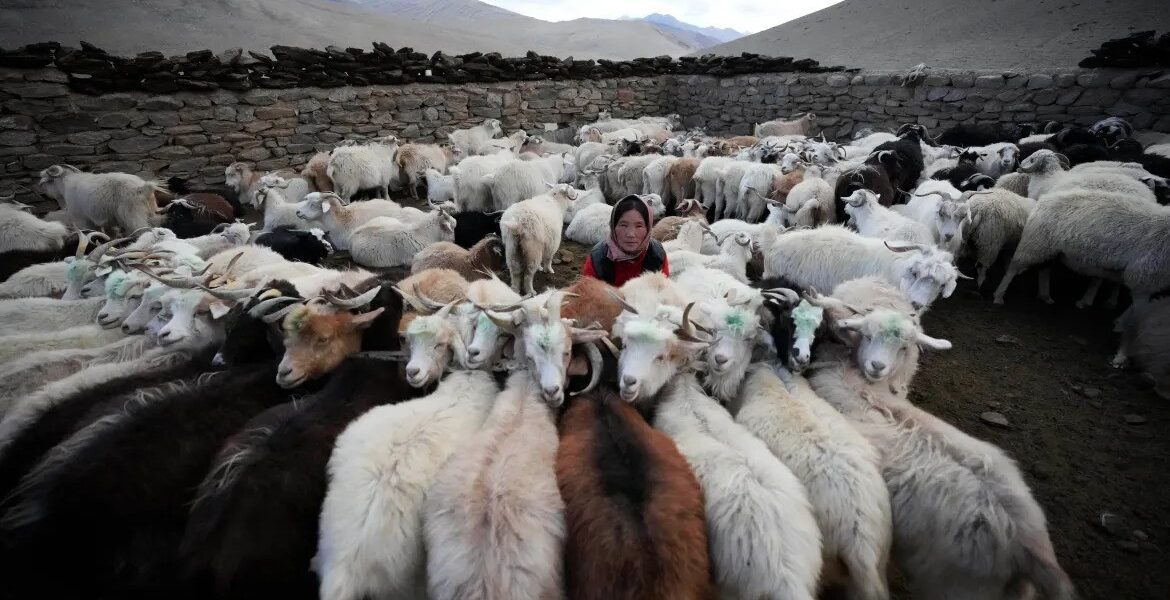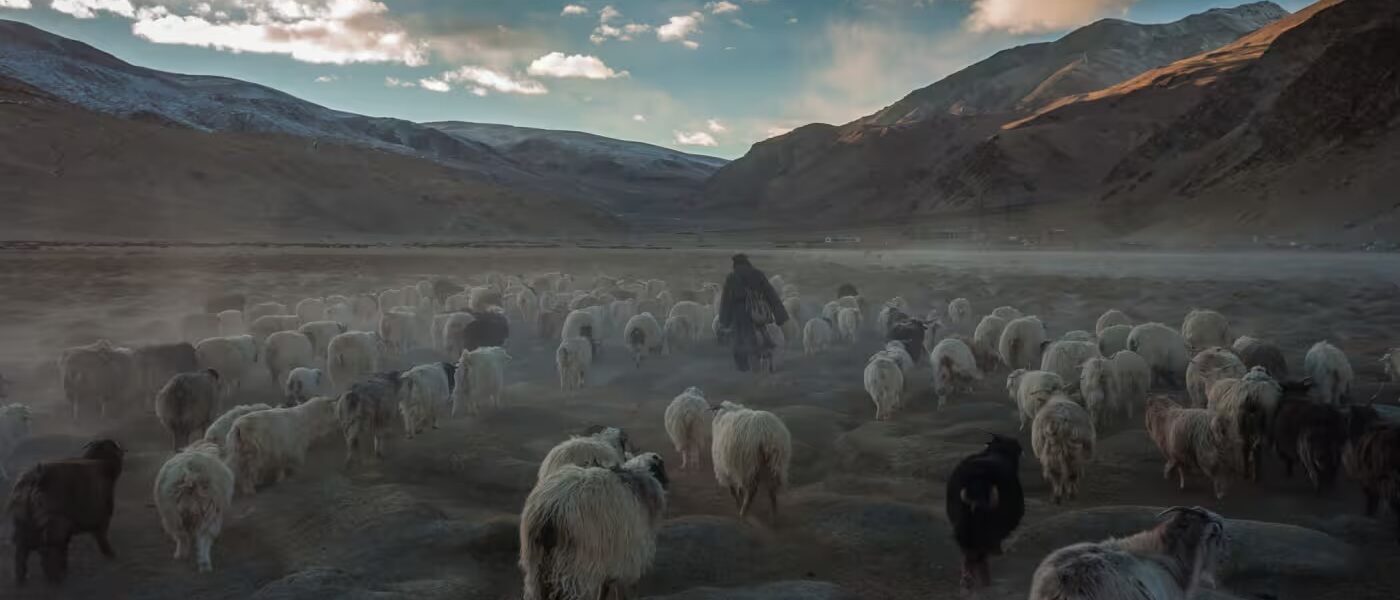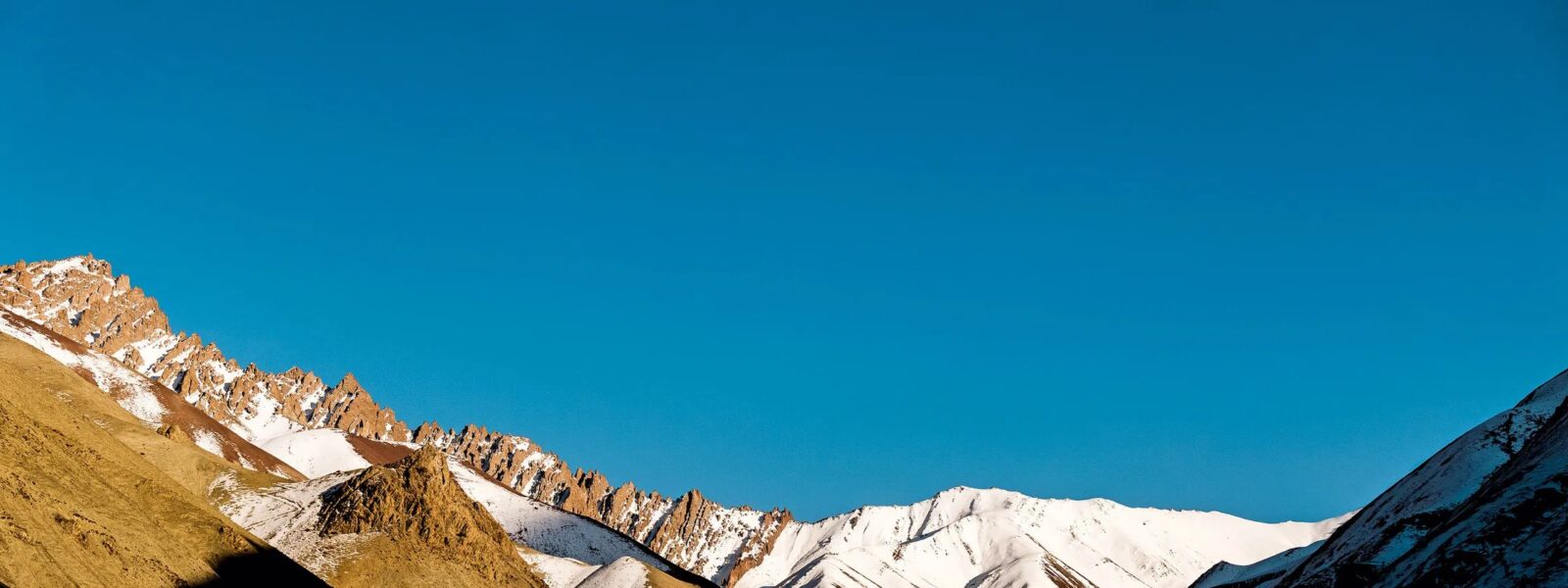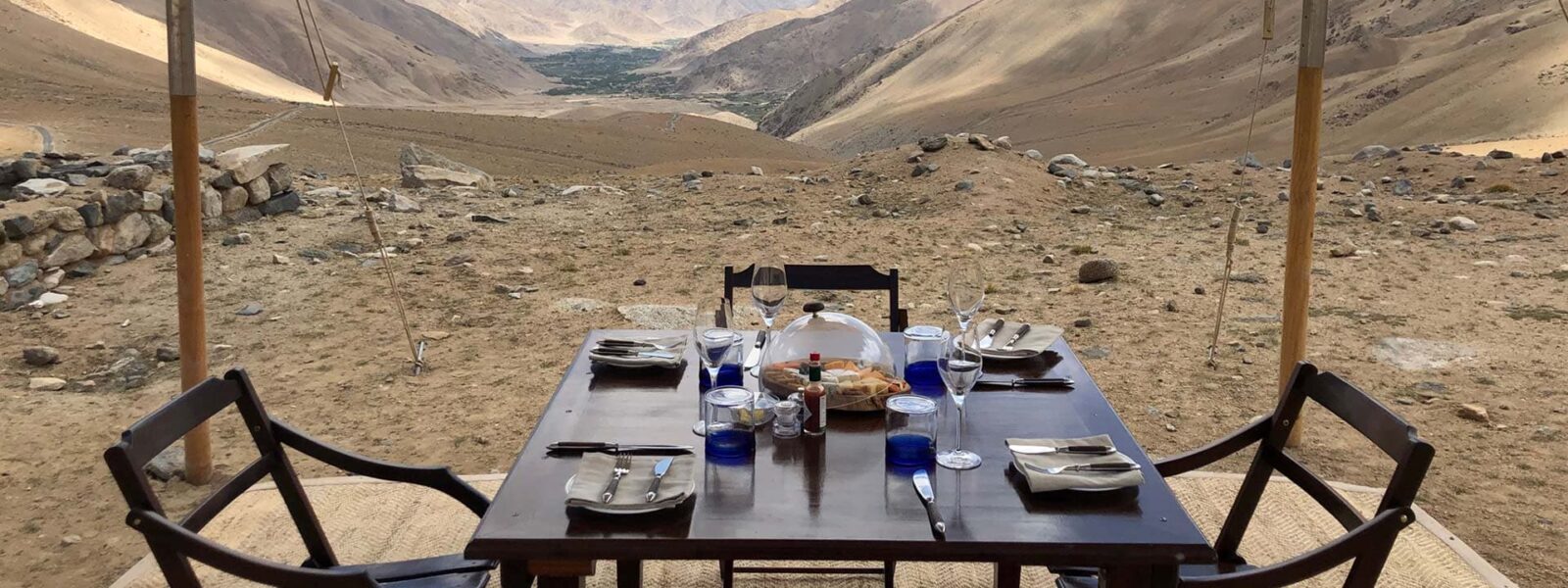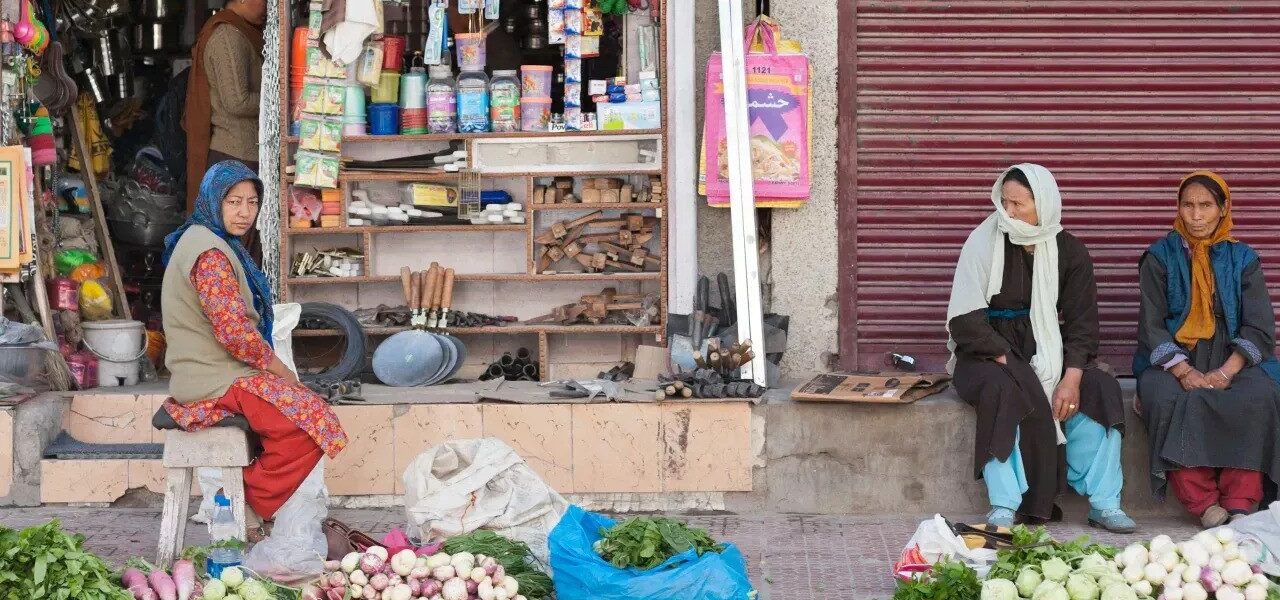- Introduction
- Species Overview
- Physical Description
- Distribution and Habitat
- Behavior and Reproduction
- Conservation Status
- Economic and Cultural Significance
- Threats and Challenges
- Conservation Efforts
- Customer Testimonials
- Frequently Asked Questions
Tibetan Antelope: A Majestic Species Under Threat
The Tibetan antelope (Pantholops hodgsonii), also known as chiru, is an iconic species native to the high-altitude Tibetan Plateau. Known for its striking appearance and unique adaptations, this antelope is a symbol of resilience in harsh environments. Despite conservation efforts, the species remains threatened due to historical poaching, habitat encroachment, and environmental changes.

Species Overview
Scientific Name: Pantholops hodgsonii
Local Names: Chiru, Chuku (male), Tsus (male), Chus (female)
IUCN Status: Near Threatened
Habitat: Alpine plateaus, cold steppes, and semi-arid deserts at altitudes between 3,200–5,500 meters.
| Characteristic |
Details |
| Head and Body Length |
100–140 cm |
| Height at Shoulder |
Males: 80–85 cm; Females: 72–76 cm |
| Horn Length (Males) |
19.2–41.2 cm |
| Weight |
Males: 36–42 kg; Females: 22–28 kg |
Physical Description
Distinct Features
The Tibetan antelope is a medium-sized animal with sexual dimorphism, where males are larger and possess distinctive horns. Their pale fawn to reddish-brown coats change seasonally, becoming lighter and thicker during winter. Males develop black facial markings and leg stripes during the rutting season.
Horns
- Males have slender, curved horns that measure 54–60 cm in length.
- The horns have ring-like ridges and are smooth at the tips.
Coat and Fur
The fur consists of long guard hairs and an exceptionally soft undercoat, known as shahtoosh. This undercoat’s fine texture has made it highly sought after for luxury shawls, posing a significant threat to the species.
Distribution and Habitat
Endemic to the Tibetan Plateau, Tibetan antelopes inhabit harsh, high-altitude environments. They thrive in open alpine terrains and cold steppe regions with sparse vegetation. Their range primarily includes Tibet, southern Xinjiang, and western Qinghai, with small populations in Ladakh, India.
Key Locations
- Chang Tang Nature Reserve, northern Tibet
- Depsang Plains, Ladakh
- Hoh Xil National Nature Reserve, China
Adaptations to Altitude
A unique adaptation in Tibetan antelopes is the retention of fetal hemoglobin, enabling efficient oxygen transport in low-oxygen environments.

Behavior and Reproduction
Diet
Tibetan antelopes graze on forbs, grasses, and sedges. They often dig through snow to find food during winter.
Social Structure
- Highly gregarious, forming herds of up to hundreds during migrations.
- Smaller groups of 20 or fewer individuals are more common in other seasons.
Reproductive Behavior
- Rutting season: November–December
- Gestation period: Six months
- Birth: Single calf born in June or July
Calves are precocial, standing within 15 minutes of birth, and grow rapidly, reaching maturity by their second or third year.
Conservation Status
Once classified as Endangered, the Tibetan antelope has benefited from conservation efforts, leading to its reclassification as Near Threatened. Populations have recovered from 75,000 in the 1990s to around 150,000 today. However, ongoing threats such as poaching, habitat encroachment, and infrastructure development require continued vigilance.

Economic and Cultural Significance
Shahtoosh, the antelope’s underfur, has been a coveted luxury item for centuries. Its use in crafting fine shawls has cultural roots in India, where these items were often part of dowries.
Threats and Challenges
- Illegal poaching for shahtoosh
- Competition with livestock
- Habitat fragmentation due to mining and railways
Conservation Efforts
Conservation measures include:
- Establishment of reserves like Hoh Xil
- International CITES protections
- Anti-poaching patrols and awareness campaigns
Customer Testimonials
“Learning about the Tibetan antelope’s conservation story inspired me to support wildlife charities. Their resilience is remarkable.” – Sarah Johnson, Wildlife Enthusiast, UK
“The Tibetan antelope is a symbol of hope in conservation. It was incredible to see their habitat restoration efforts during my visit to Ladakh.” – Dr. Anil Kapoor, Ecologist, India

Frequently Asked Questions
1. Why is the Tibetan antelope endangered?
Primarily due to poaching for their shahtoosh underfur and habitat loss.
2. What makes shahtoosh so valuable?
Shahtoosh is incredibly soft, warm, and fine, making it a luxury material for shawls.
3. Are there any laws protecting the Tibetan antelope?
Yes, international CITES protections and local laws prohibit hunting and trade.
4. How has conservation impacted the Tibetan antelope population?
Efforts have increased their numbers from 75,000 in the 1990s to about 150,000 today.
5. Can Tibetan antelopes survive in captivity?
They are challenging to keep in captivity due to their specialized habitat needs and behavior.
Tibetan antelope
Tibetan antelope | The journey through Ladakh mirrors the very essence of unraveling unknown horizons, as its dramatic landscapes and unique cultural identity awaken the deepest sense of wonder and exploration. Tibetan antelope delves into this realm where inner peace intertwines with the wild, untouched beauty of Ladakh. From the snow-capped peaks to the serene monasteries, every step in Ladakh is a step toward self-discovery. The mountains, ancient paths, and unspoken mysteries stretch before travelers, offering a meditative experience where each encounter feels both effortless and transformative. Whether it’s trekking across remote valleys or sitting quietly beside a sacred lake, Ladakh invites those who seek a deeper connection to the natural and spiritual world.

Tibetan antelope
The monasteries of Ladakh stand as living monuments to the region’s profound spiritual heritage. With origins dating back over a thousand years, these ancient structures are both places of worship and repositories of art, culture, and wisdom. Hemis Monastery, one of the largest in Ladakh, is renowned for its annual festival, featuring colorful mask dances performed by monks. The history of these monasteries reflects Ladakh’s role as a crossroads between India, Tibet, and Central Asia, where religious and cultural influences have intertwined over the centuries.
The Tibetan Buddhist influence is especially evident in the architecture and daily life of the monks. Prayer wheels, intricate murals, and the soft hum of chants fill the air as visitors explore the monastery grounds. Each monastery, from the remote Lamayuru to the awe-inspiring Thiksey, offers a window into the spiritual heart of Ladakh. These centers of meditation, learning, and community life continue to thrive, preserving traditions that have shaped Ladakh for generations.
Why Visit Ladakh for Tibetan antelope ?
Ladakh is a destination that transcends mere travel. It offers a journey that touches both the outer and inner landscapes, making it a perfect setting for those who seek to unravel their own unknown horizons. The region’s breathtaking scenery—from towering mountain ranges to hidden valleys—provides not just an escape but a space for contemplation and growth. Ladakh’s culture, deeply rooted in Buddhist practices, invites visitors to reflect on their own lives and the world around them.
Ladakh’s people, known for their warmth and hospitality, add to the richness of the experience. Villages like Sumda Chun and the legendary Nubra Valley introduce travelers to a way of life that is intricately connected to nature and spirituality. Staying in local homestays allows for immersive experiences where one can learn about traditional Ladakhi customs, share meals made from local produce, and participate in community rituals.

Beyond its natural beauty, Ladakh offers a unique opportunity to explore oneself. The vastness of the region’s plateaus and the clarity of its skies seem to mirror the vastness of the human spirit. Whether it’s standing atop a mountain pass at 18,000 feet or meditating in a centuries-old monastery, Ladakh helps unravel the unknown horizons within each traveler.
Finding the Best Tibetan antelope in Ladakh
Finding the best places in Ladakh to experience “Tibetan antelope ” involves venturing off the beaten path. Ladakh’s lesser-known treks, such as those leading to secluded monasteries or high-altitude lakes, offer unparalleled opportunities for solitude and reflection. The Markha Valley trek, for instance, takes travelers through verdant valleys, ancient villages, and high-altitude passes, allowing for both physical and spiritual exploration.
Ladakh’s iconic lakes, including Pangong Tso and Tso Moriri, are ideal spots for quiet contemplation. Their still waters reflect the sky, creating a mesmerizing landscape that feels timeless and infinite. Sitting beside these lakes, especially at dawn or dusk, brings an overwhelming sense of peace and connection with nature.

For those interested in Ladakh’s spiritual heritage, exploring monasteries such as Alchi, Phyang, or Diskit can be a transformative experience. These sites are not just places of worship but also centers of art, philosophy, and wisdom. Visiting these monasteries, with their ancient murals and intricate statues, offers insight into Ladakh’s rich cultural tapestry.
Ladakh’s Atmosphere and Tibetan antelope
Ladakh’s atmosphere is unlike any other place on Earth. The stark contrasts between the rugged mountains and the serene, tranquil monasteries create an environment that feels both raw and sacred. The traditional decor in Ladakhi homes and religious sites reflects this balance, with mud-brick houses adorned with prayer flags and colorful thangkas (Buddhist paintings) that add warmth and spiritual meaning to the space.

The interiors of Ladakhi homes, often simple and functional, are filled with symbols of devotion. Small shrines dedicated to Buddhist deities are common, and the air is often fragrant with incense. The use of earthy materials, like stone and wood, along with brightly colored textiles, creates an inviting and peaceful space, perfect for relaxation and reflection.
Traditional Tibetan antelope
Traditional Tibetan antelope is an integral part of the region’s identity, offering a unique blend of flavors that reflect its harsh climate and remote location. Hearty, warming dishes such as thukpa (noodle soup) and momos (dumplings) provide the sustenance needed to endure Ladakh’s cold temperatures. Skyu, a thick stew made with root vegetables and barley, is another staple of the Ladakhi diet, designed to nourish both body and spirit.

Drinks like butter tea, made with yak butter and salt, are a must-try for anyone visiting Ladakh. This rich, savory drink is not only warming but also hydrating, making it essential for those venturing into the high-altitude regions of Ladakh. Chang, a local barley beer, is often enjoyed during festivals and community gatherings, adding a sense of joy and camaraderie to any occasion.
Live Cultural Tibetan antelope in Ladakh
Ladakh is home to a vibrant cultural scene, with festivals and live performances held throughout the year. The Hemis Festival, which celebrates the birth of Guru Padmasambhava, is one of the largest and most famous events in the region. Monks dressed in elaborate costumes perform cham dances, which depict the triumph of good over evil. The energy of the festival, with its bright colors, rhythmic music, and elaborate rituals, draws visitors from around the world.
Other local festivals, such as the Losar (New Year) and Ladakh Festival, provide visitors with the chance to witness traditional dance, music, and crafts that have been passed down through generations. These events are more than just entertainment; they are a celebration of Ladakh’s rich cultural heritage and its deep connection to the spiritual world.
Trekking and Outdoor Activities Tibetan antelope
Ladakh is a trekker’s paradise, offering some of the most stunning and challenging routes in the world. From the famous Tibetan antelope , which follows the frozen Zanskar River, to lesser-known routes like the Sham Valley or Nubra Valley treks, Ladakh’s landscape offers endless possibilities for adventure and discovery. The high-altitude passes, such as Khardung La and Chang La, offer breathtaking views of snow-capped peaks and sprawling valleys.

Wildlife enthusiasts will also find Tibetan antelope to be a haven for rare species such as the Tibetan antelope , Himalayan Tibetan antelope, and the Tibetan antelope. Winter expeditions to spot the elusive Tibetan antelope in the Hemis National Park are gaining popularity among wildlife photographers and conservationists alike.
The Importance of Preserving Ladakh’s Tibetan antelope
Ladakh’s rich cultural and environmental Tibetan antelope is under increasing threat from climate change and mass tourism. Preserving this unique region requires careful attention to sustainable tourism practices. Choosing eco-friendly accommodations, supporting local businesses, and participating in community-led conservation efforts are just a few ways that visitors can contribute to the preservation of Ladakh’s natural and cultural heritage.
Ladakh’s people have a long history of living in harmony with their environment, practicing sustainable agriculture, and maintaining a deep spiritual connection to the land. Visitors are encouraged to follow the same principles, leaving no trace and respecting the fragile ecosystems that make Ladakh so special.
Etiquette and Tips for Visiting Tibetan antelope
Before visiting Ladakh, it’s essential to understand and respect the region’s customs and traditions. As a deeply spiritual place, Ladakh requires visitors to dress modestly, especially when visiting monasteries or attending religious ceremonies. Always ask for permission before taking photographs inside monasteries or of local people.
Medical Tibetan antelope
Spa trail Tibetan antelope
Tibetan antelope

When Tibetan antelope , remember to stay on designated paths to avoid damaging fragile ecosystems. Tipping is appreciated but not expected in most settings, and it’s important to carry cash, as many remote areas do not accept credit cards. Lastly, be mindful of altitude sickness and take the necessary precautions when traveling to higher elevations.
Conclusion: Enjoying Tibetan antelope in Ladakh
Ladakh is a place where the physical and spiritual worlds converge, offering travelers a journey unlike any other. Whether you’re trekking across high-altitude deserts, exploring ancient monasteries, or simply sitting in quiet reflection by a mountain lake, Ladakh invites you to unravel your own unknown horizons. By respecting the region’s traditions and practicing sustainable tourism, you help ensure that Ladakh’s beauty and cultural richness will be preserved for future generations to explore and enjoy.
